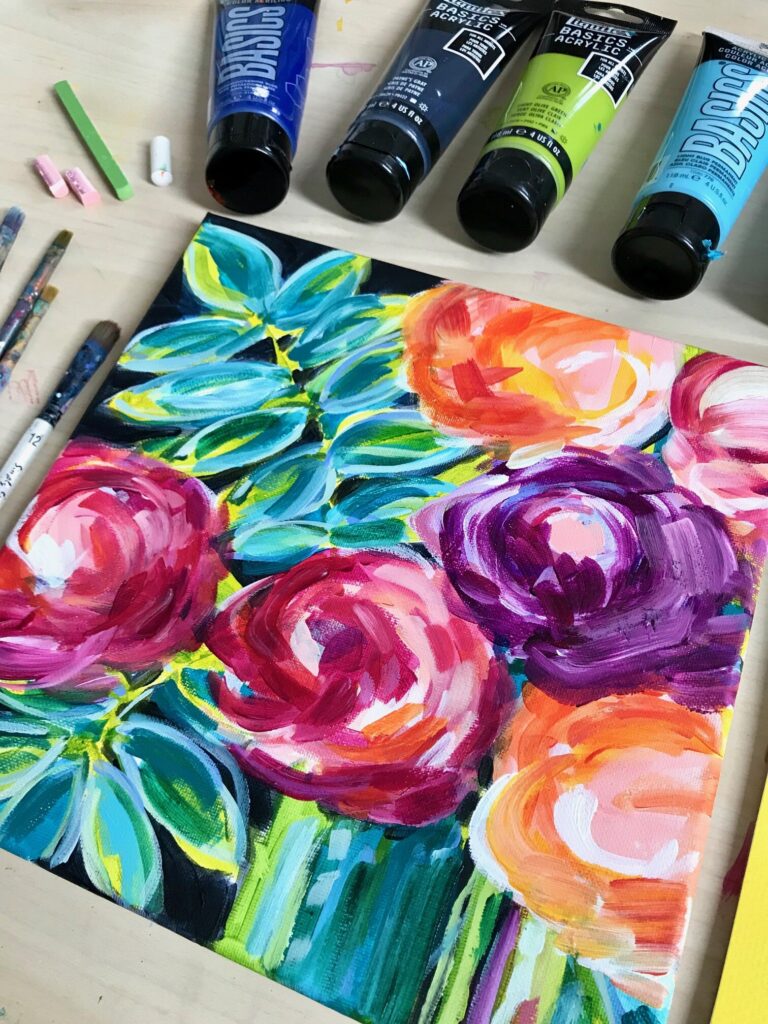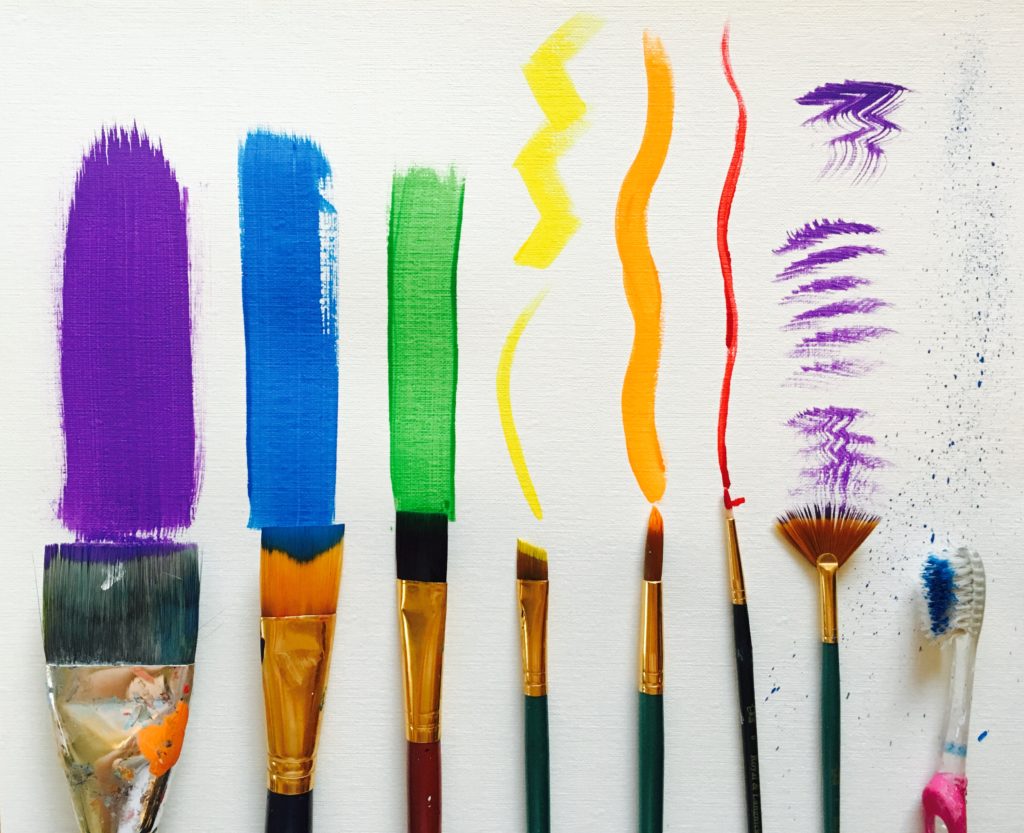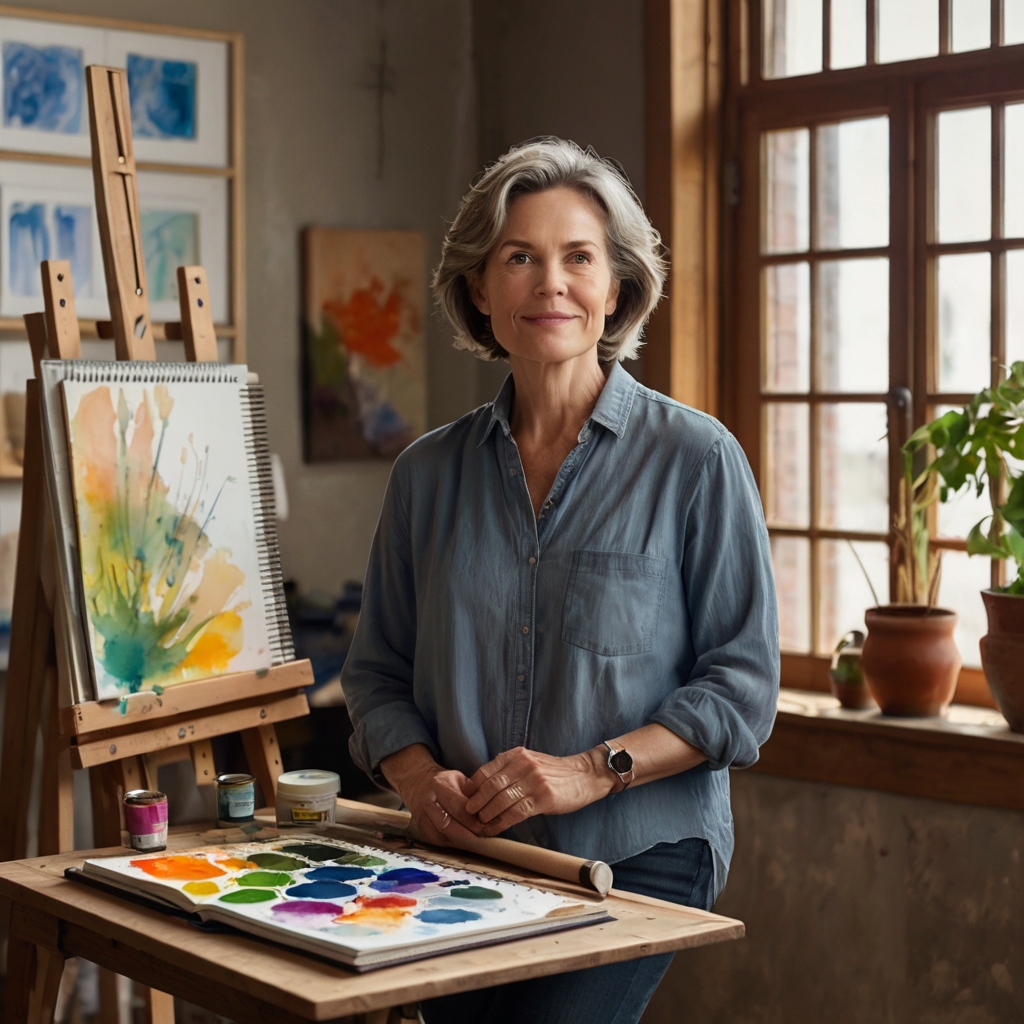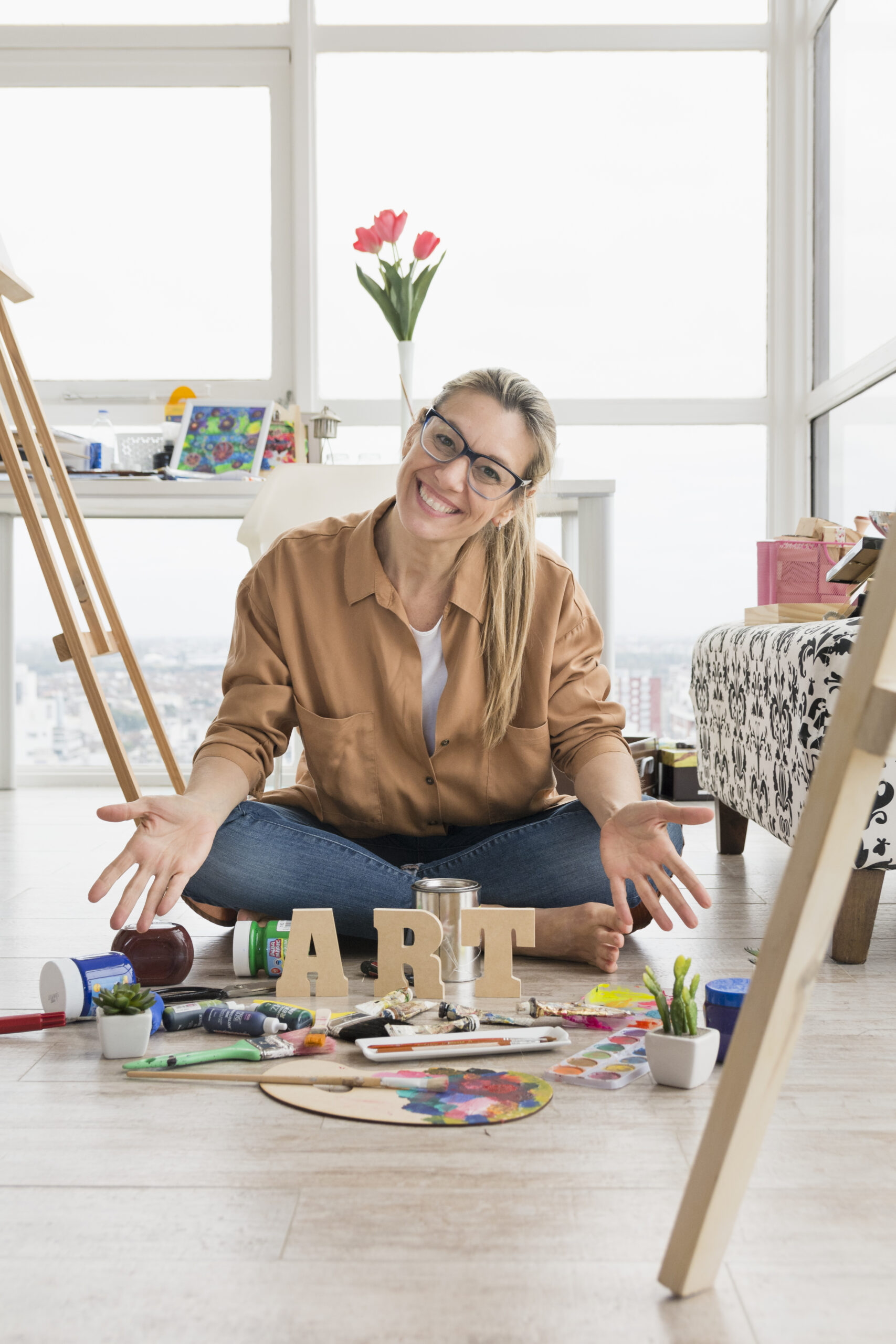Embarking on a painting journey is a fulfilling way to express creativity and discover a new hobby. Whether you’re a woman in midlife seeking a fresh pastime or someone eager to explore the world of art, this comprehensive guide will walk you through the essential steps to start painting with confidence.
1. Choosing the Right Painting Medium
Selecting the appropriate medium is crucial for your painting experience. Here’s a breakdown of the most popular options:
- Acrylic Paints: Known for their versatility and quick drying time, acrylics are ideal for beginners. They can be used on various surfaces and are easy to clean with water.
- Oil Paints: Offering rich colors and a slow drying time, oils allow for detailed blending. However, they require more time to master and proper ventilation due to the use of solvents.
- Watercolors: These paints are transparent and require a different set of skills to master. They’re perfect for soft washes of color and creating ethereal, dreamy effects.
2. Gathering Essential Supplies

Having the right tools can make your painting experience more enjoyable. Here’s a list of basic supplies you’ll need:
- Canvas or Paper: For acrylics and oils, canvas is suitable. Watercolor paper is specifically designed for watercolor paints.
- Brushes: Invest in a variety of brushes in different sizes. For beginners, synthetic brushes are often more affordable and work well with acrylics.
- Palette: A surface for mixing your paints. Acrylics work well on a plastic or ceramic palette, while oils require a glass palette.
- Paints: Start with a basic set of colors, like primary colors (red, blue, yellow), black, and white, which will allow you to mix virtually any color you need.
- Palette Knife: Helpful for mixing paint and creating texture in your artwork.
3. Setting Up Your Workspace

A comfortable and organized workspace is key to a successful painting session. Here’s what you’ll need:
- A clean, flat surface: A table or easel where you can easily spread your materials and work on your canvas.
- Good lighting: Natural light is best, but if you’re painting at night, consider a daylight bulb to see true colors.
- Storage: Have a place for your brushes, paints, and other supplies so they’re easily accessible during your painting process.
4. Understanding Basic Painting Techniques

Familiarize yourself with fundamental techniques to build a strong foundation:
- Brush Strokes: Practice different types of brush strokes. You can create smooth, sweeping strokes or texture-filled, short strokes depending on the effect you want.
- Blending: This is especially important with oil and acrylic paints. Blend colors smoothly to create gradient effects or transitions between shades.
- Layering: Building layers of paint helps you achieve depth and richness in your artwork. Start with an underpainting or base layer and add layers of color on top.
- Dry Brushing: This technique involves using a dry brush to apply paint, which creates a textured, almost scratched effect on your surface. It’s great for adding dimension to your painting.
5. Step-by-Step Painting Process

Follow these steps to create your first painting:
- Sketch Your Composition: Lightly sketch your idea on your canvas or paper. This doesn’t have to be detailed – just a rough outline of your main subjects or shapes.
- Block in Basic Colors: Using your largest brush, start blocking in your background and the main shapes in your composition with basic colors.
- Build Layers and Details: Once your base layer is dry, start adding layers of paint. Use smaller brushes to add detail and refine your shapes.
- Add Highlights and Shadows: To give your painting depth, add highlights to areas that catch light and shadows to areas that are darker.
- Final Touches: Evaluate your painting and add any final details that need attention. You might want to add fine lines, textures, or a few more highlights to complete your masterpiece.
6. Cleaning and Caring for Your Supplies

Proper maintenance of your tools ensures longevity:
- Acrylics: Clean your brushes with warm water and soap after each use to prevent the paint from drying on the bristles.
- Oils: Clean your brushes with mineral spirits or turpentine to remove oil paint.
- Watercolors: Wash your brushes with water and store them with the bristles facing up to keep their shape.
7. Embracing the Creative Journey
Remember, the most important aspect of painting is to enjoy the process. Embrace mistakes as learning opportunities and allow yourself to explore different styles and techniques. The beauty of painting lies in the freedom to express yourself and the joy of creating something uniquely yours.
8. Exploring Advanced Techniques

As you become more comfortable with the basics, consider experimenting with advanced techniques to enhance your skills:
- Impasto: This technique involves applying paint thickly to create texture, making the brush or palette knife strokes visible. It adds a three-dimensional quality to your artwork.
- Glazing: Applying a transparent layer of paint over a dry layer can create depth and luminosity in your painting.
- Scumbling: This involves brushing a thin layer of lighter, opaque paint over a dry layer, allowing some of the underpainting to show through, adding texture and interest.
9. Recommended YouTube Tutorials for Beginners
To further assist you on your painting journey, here are some highly recommended YouTube tutorials:
- Easy Flower Painting Ideas for Beginners: This tutorial provides step-by-step instructions on creating simple yet beautiful floral paintings using acrylics.
- Acrylic Painting Techniques – Step by Step Painting: This video covers various acrylic painting techniques, including brush handling, blending, and layering, essential for beginners.
- 10 Super Easy Acrylic Paintings for Absolute Beginners: A
Hobbies and Crafts, Mindset & Confidence, Wellness & Health
Development, Health & Wellness, Hobbies and Crafts, Painting
Career Reinvention, Hobbies and Crafts, Painting



